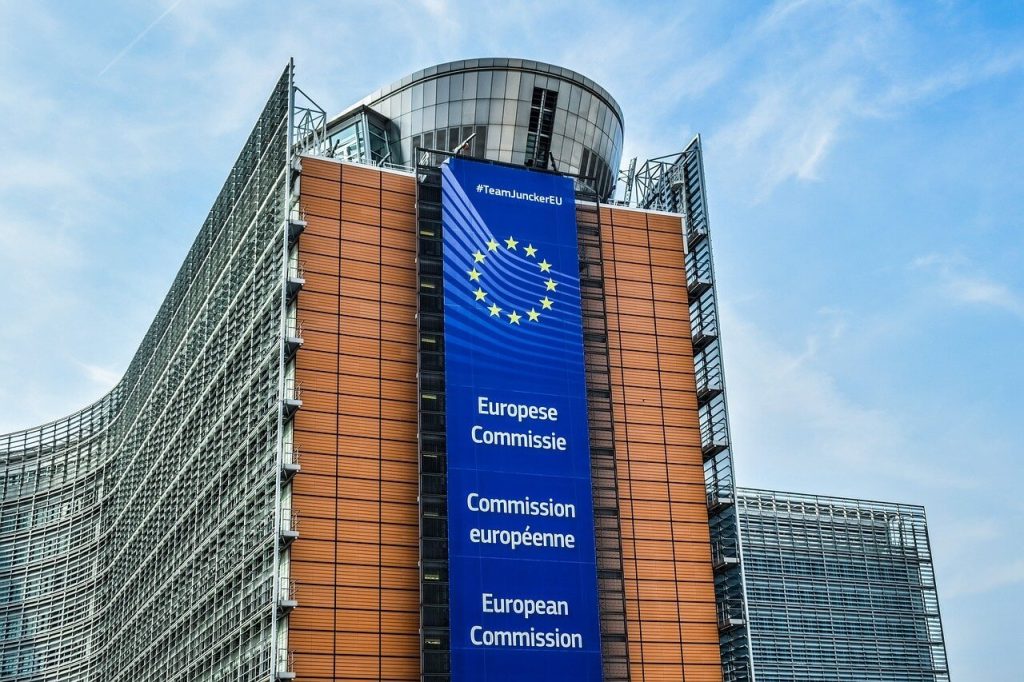The document, which has more than 1,100 pages, contains descriptions of 77 reforms and 152 investments on which EU funds will be spent. It has five components and one initiative: the business sector, with investments amounting to HRK 26.2 billion or 54% of the total amount; public administration, justice and state assets (HRK 4.36 billion or 10%); education, science and research (HRK 7.5 billion or 15%); labour market and social protection (HRK 2.09 billion or 4%); health (HRK 2.56 billion or 5%); and the initiative “Reconstruction of buildings”, with planned investments amounting to HRK 5.95 billion or 12% of the NPOO funding.
Sixty-six percent of the amount or HRK 32.15 billion is intended for recovery while 34% or HRK 16.5 billion is intended for resilience.
PM Andrej Plenković said the NPOO was a key document that “will enable us to use, in the next five years, more than HRK 47 billion for structural reforms and investments that will contribute to our economic recovery and make us more resilient to future crises.”
If necessary, by the end of 2023 Croatia will also be able to seek loans in the amount of around €3.6 billion or HRK 27 billion, he said.
Economic recovery primarily refers to investments in those sectors that can guarantee fast economic growth in the short and long run, as well as job preservation and job creation, said Plenković.
Each component has ‘digital’ and ‘green’ elements, the goal being to reach the targets of 20% of investments being directed to digital transformation and 37% of investments being directed towards green transition.
Macroeconomic effects
According to projections, the NPOO’s effects are expected to contribute to a real GDP growth in 2021 of 5.2% instead of 4.9% without the NPOO, while growth in 2022 would be 6.6% instead of 5.2% without the NPOO, and in 2023 it would be 4.1% instead of 2.7% without the NPOO. In 2024 the effects of the NPOO would result in a 3.4% economic growth instead of 2.5%, and in 2025 it would help achieve a 2.7% growth rate instead of 2.5%.
The government expects the implementation of the NPOO to cumulatively increase GDP by an additional 4.2% in 2025 in relation to 2020.
In the last year of its implementation, 2026, the NPOO will have resulted in GDP being close to HRK 17 billion higher than it would be without the NPOO.
Concrete examples of NPOO implementation
PM Plenković said that the implementation of the NPOO would make it possible to achieve the European target share of renewables in energy consumption (for Croatia the target is 36.6%) and achieving the European target of at least 14% of renewables in the transport sector until 2026. Investments in water management are planned as well to make drinking water available to around 93% of the population.
The plan also envisages better coverage with broadband infrastructure, access to fast internet for citizens and the business sector, and reduction of the number of outstanding cases at municipal courts by at least 5% by mid-2026.
The NPOO also envisages an increase in the share of children aged between 4 and school age who are covered by early preschool education, from 81% to 96%, which is the EU target.
Also envisaged are investments to create conditions to create as many jobs as possible for the sake of increasing the employment rate from 66.7% to 70% by the end of 2024.
“Labour market reforms and policies will help provide conditions to create at least 100,000 new jobs, with emphasis on people under 30 and the self-employed,” said the PM.
Investment of HRK 2.5 billion in the health system is aimed, among other things, at raising the survival rate for cancer patients from 46 to 51% and saving around 5,000 lives. Also planned is the continuation of the functional integration of hospitals.
Post-earthquake reconstruction accounts for 12% of funds expected to be obtained under the NPOO, while the projected energy consumption for heating is expected to be reduced by at least 50% for buildings renovated as part of the NPOO.
Plenković said that in the next ten years and mostly in the first five, Croatia would have at its disposal close to €30 billion from EU funds. The amount is a unique opportunity to contribute to modernisation and growth of the business sector and Croatia’s social and even development, he said.
For more about politics in Croatia, follow TCN’s dedicated page.











